Calla Lily gold and diamond earrings, 1940 c.a. Mauboussin
- Regular
- €0,00
- Sale
- €0,00
- Regular
- Unit Price
- per
A pair of yellow gold and platinum earclips in the shape of Calla Lily. Signed Trabert & Hoeffer Mauboussin. A rare example of Reflection collection jewelry. (see story below) 1940 c.a.
In the 1920’s American fashion was still firmly adhering to the French aesthetic. American jewelers did not participate in the Exposition international Des Arts Decoratifs in 1925 but they attended, absorbing design ideas so they could create their own version of “French” jewelry at home.
Randolph J. Trabert and William Howard Hoeffer, having both learned the jewelry and gem businesses with established jewelry firms, joined together to form Trabert & Hoeffer, Inc. in 1926. In the beginning, they imported designs from France (as did most major American jewelry houses) and they also copied French styling. One of the more fortuitous way used to develop their name was the purchase of historic jewels of royal provenance. Their rise was fast until the infamous stock market crash in 1929, followed closely by the death of Randolph Trabert in 1930.
During the Great Depression private manufacturers were working to create products that were stylish, functional and locally produced in a cost-effective manner. Jewelers were no exception, innovative materials such as bakelite were used by fashion jewelry designers to bring both whimsy and economy to the costume jewelry market. Marketing was another key to reinvigorating American consumers and Hoeffer saw an opportunity to gain wide exposure for his jewelry designs by lending them for use in the Hollywood productions so important to lifting the spirits of the nation. Other marketing strategies for Trabert & Hoeffer included creating an ultra-sleek Park Avenue headquarters and expanding operations to the locations where potential clients of means went to relax. Palm Beach, Los Angeles, and Atlantic City were the first branches opened followed by Miami Beach, Chicago, and Beverly Hills.
The Parisian jewelry House, Mauboussin (established in 1827,) made some unlucky initial forays into the American market, opening on Park Avenue c.1924. Mauboussin expanded, adding a Palm Beach location along with ultra-modern headquarters in New York, all timed perfectly to coincide with the 1929 stock market crash. Having imported vast quantities of jewelry and gems from France hoping to capture the American market for French jewelry, by 1935 serious financial trouble made it necessary for them to sell off their stock. Mauboussin entered into a collaboration with Trabert & Hoeffer, keeping the Mauboussin name aliveIn 1938, THM developed a more affordable but luxurious line of jewelry called Reflection. Designed by Gustave Toth, Reflection jewels were artfully assembled from an assortment of pre-cast design elements. Selection and arrangement of these elements, including letters of the alphabet, could be facilitated by the client making them feel like an important part of the design team for their “custom” jewel. Many of these pieces were able to be taken apart and reassembled into a different-looking piece making the jewel truly convertible. In fact, Trabert & Hoeffer was known for their innovative designs that allowed a necklace to convert into bracelets, brooches, clips, and earrings, a brooch that could clip onto a bracelet for an entirely new look and clips that could be worn as earrings giving the consumer a myriad of fashion choices in one piece.When World War II crippled the jewelry industry’s access to platinum and precious gems and the U.S. imposed a luxury tax on jewelry and other items, many jewelers were unable to keep their doors open. The Army took over the hotels where Trabert & Hoeffer-Mauboussin had retail outlets – Atlantic City, Miami Beach, and Palm Beach. The Reflection line which used advanced manufacturing techniques to keep costs down maintained its successful run during this time along with the smaller zodiac and novelty jewelry. Redesign and re-use of customers’ gems and precious metal into sleek modern jewels was another way Trabert & Hoeffer-Mauboussin remained viable through the war years. When their French counterparts were closed by the Nazi occupation, Mauboussin was able to continue their operations in the U.S.







